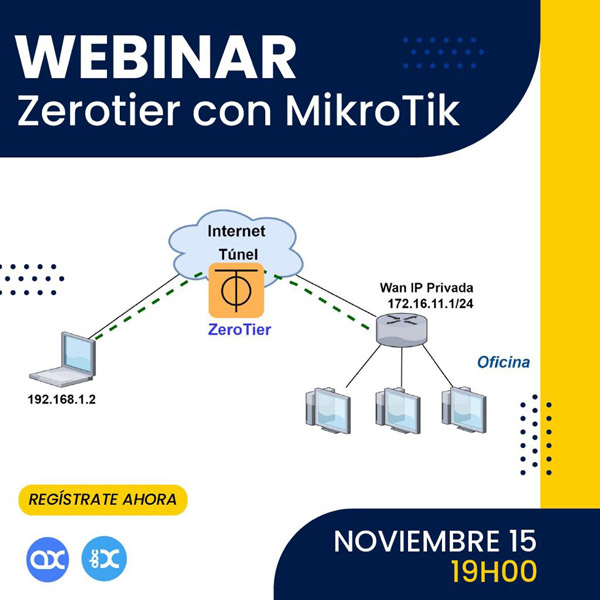How can I use both protocols (IPv4 and IPv6) on a network without degrading the entire network?
Implementing both IPv4 and IPv6 protocols on a network, a process known as “dual stack,” is an effective strategy for managing the transition between the two protocols without degrading network performance.
We explain the main steps and considerations to do it effectively:
1. Planning and Evaluation
Before implementing IPv6, it is crucial to perform a complete audit and evaluation of the existing network. Identifies devices and applications that already support IPv6 and those that need updates or replacements. This evaluation should also include routing capability, security, DNS management, and firewall policies.
2. Dual Stack Network Infrastructure
In a dual stack approach, network devices operate both IPv4 and IPv6 simultaneously. Each device on the network has an IPv4 address and an IPv6 address, and can send and receive traffic using both protocols.
- Router and Switch Configuration: Make sure your routers and switches are configured to handle both protocols. This may require a firmware or hardware update in some cases.
- Server and Host Configuration: Configure operating systems and servers to support dual stack. This usually involves enabling IPv6 in the network properties and ensuring that all applications running on the server can handle IPv6 connections.
3. IP Address Management
Manages how IPv4 and IPv6 addresses are assigned and distributed. For IPv6, you may need to define a new addressing scheme that aligns with the organizational structure and technical needs.
4. Dual Stack DNS
DNS must resolve both IPv4 and IPv6 addresses. This means that your DNS records must include AAAA (IPv6) records in addition to the existing A (IPv4) records.
5. Network Security
Review and adjust security settings to ensure both protocols are protected. This includes updating access control lists, firewall configurations, and security policies to deal with both types of traffic effectively and securely.
6. Testing and Monitoring
After you deploy IPv4 and IPv6, perform extensive testing to ensure that everything works as expected. This should include connectivity, performance and security testing. Continue monitoring the network to quickly identify and resolve issues.
7. Training and Support
Provides training for network administrators and support staff on the differences between IPv4 and IPv6, as well as best practices for managing a dual stack network.
8. Gradual Migration Strategy
Gradually deploy IPv6 to your network to minimize disruptions. Start with less critical areas before moving to more critical segments of the network.
By following these steps, you can ensure that your network is prepared to operate efficiently with both protocols, maximizing compatibility and future-proofing your infrastructure without degrading network performance.
There are no tags for this post.- Share this Article









